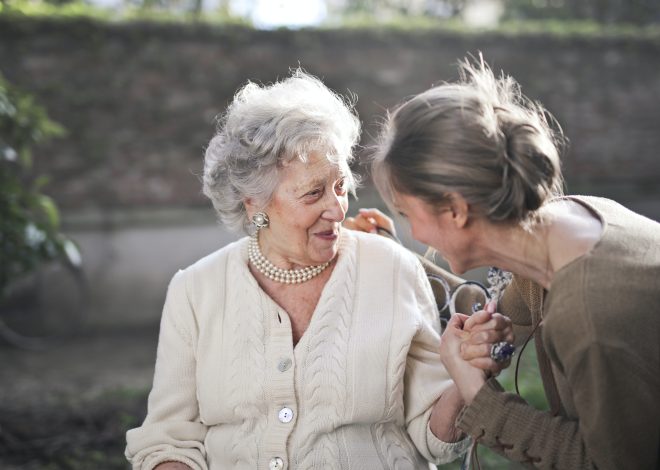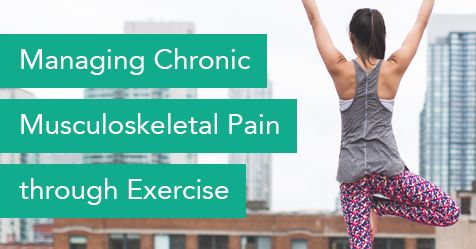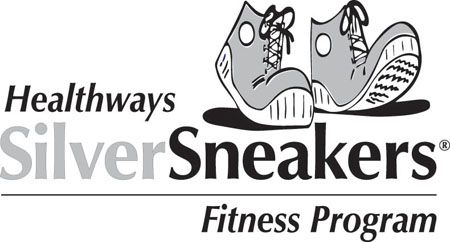
Low-Impact Exercises for Joint Health
Pilates is an exercise” width=”474″ height=”158″>
Joint health is crucial for maintaining an active and pain-free lifestyle. As we age, our joints undergo wear and tear, often resulting in stiffness, inflammation, and reduced mobility. Engaging in regular exercise that puts minimal stress on the joints can help alleviate these symptoms and promote overall joint health.
Benefits of Low-Impact Exercises
Low-impact exercises are those that minimize the force and stress exerted on the joints. These exercises offer numerous benefits for joint health, including:
Reduced risk of injury compared to high-impact exercises such as running or jumping
Improved joint flexibility and range of motion
Enhanced muscle strength, which helps provide better support to the joints
Increased circulation, delivering vital nutrients and oxygen to the joints
Weight management, which reduces excessive stress on the joints
Top Low-Impact Exercises
1. Swimming
Swimming is a fantastic low-impact exercise that engages multiple muscle groups while putting minimal stress on the joints. The buoyancy provided by water helps support body weight, reducing pressure on the joints. Swimming also promotes cardiovascular health and improves overall endurance.
2. Cycling
Cycling is a gentle exercise that allows for excellent joint movement without excessive impact. Whether you prefer outdoor biking or using a stationary bike, this exercise helps strengthen both the lower body and cardiovascular system. Cycling is especially beneficial for individuals with knee or hip joint issues.
3. Yoga
Yoga combines gentle stretching, strengthening, and balance exercises that promote joint health. It helps improve flexibility, enhances posture, and increases muscle strength around the joints. Yoga also incorporates deep breathing techniques, which can reduce stress and promote relaxation.
4. Tai Chi
Tai Chi is a Chinese martial art that involves slow, flowing movements and deep breathing. It is a low-impact exercise that focuses on balance, coordination, and flexibility. Regular practice of Tai Chi has been shown to relieve joint pain, improve balance, and reduce the risk of falls.
5. Pilates
Pilates is an exercise method that emphasizes core strength, flexibility, and body awareness. It uses controlled movements and breathing techniques to strengthen the muscles surrounding the joints. Pilates can be modified to suit different fitness levels and is particularly beneficial for individuals with joint conditions like arthritis.
6. Walking
Walking is a simple and accessible low-impact exercise that requires minimal equipment. It helps improve cardiovascular fitness, strengthens leg muscles, and enhances joint mobility. Walking on uneven terrain or using hiking poles can further challenge balance and stability, benefiting overall joint health.
Tips for Safe Low-Impact Exercise
While low-impact exercises are generally safe, it is essential to follow these tips for a safe and effective workout:
Start slow and gradually increase intensity and duration
Warm up properly before exercising to prepare joints and muscles
Wear appropriate footwear with proper cushioning and support
Engage in exercises that are suitable for your current fitness level and joint condition
Listen to your body and stop exercising if you experience pain or discomfort
Alternate low-impact exercises with rest days to allow joints to recover
By incorporating these low-impact exercises into your routine and following safety guidelines, you can enhance joint health, reduce pain, and improve overall well-being. Remember to consult with your healthcare professional before starting any new exercise regimen, especially if you have existing joint conditions or injuries.


